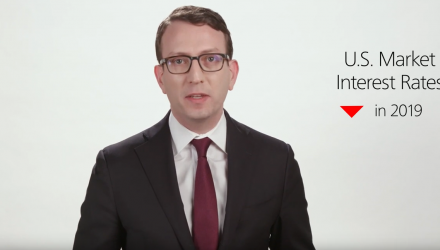A separate statement last month alluded to a more flexible Fed that would be more strategic with regard to its balance sheet policy. Furthermore, flexibility would also apply to its holdings of Treasuries and mortgage-backed securities, which signaled a diversion from statements that the central bank would resume its asset purchases if economic data warranted a rate cut.
In the actual minutes, it was almost unanimous that a reduction in assets would come prior to the end of 2019. The markets were keen on the central bank’s holdings of $3.8 trillion in bonds, which it has steadily been reducing since October 2017.
“Almost all participants thought that it would be desirable to announce before too long a plan to stop reducing the Federal Reserve’s asset holdings later this year. Such an announcement would provide more certainty about the process for completing the normalization of the size of the Federal Reserve’s balance sheet,” the document said.
January’s decision to keep rates flat came as the Fed obstinately stuck with a rate-hiking measure in 2018 with four increases in the federal funds rate. Given the current economic landscape, that appears to have changed.
The shift from its original rate-hiking measures came as U.S. equities finished their worst year in over a decade. The Dow fell 5.6 percent, while the S&P 500 lost 6.2 percent and the Nasdaq Composite fell 4 percent.
December alone resulted in the Dow falling 8.7 percent and the S&P 500 losing 9 percent, making it the worst December since 1931. However, as evidenced by the latest mentions of patience, it appears the Fed is finally paying closer attention to the pulse of the markets.
In the video below, Dov Zigler, Fixed Income Strategist at Scotiabank, discusses the Federal Reserve’s interest rate path, providing an outlook for rates.
For more market trends, visit ETF Trends.
